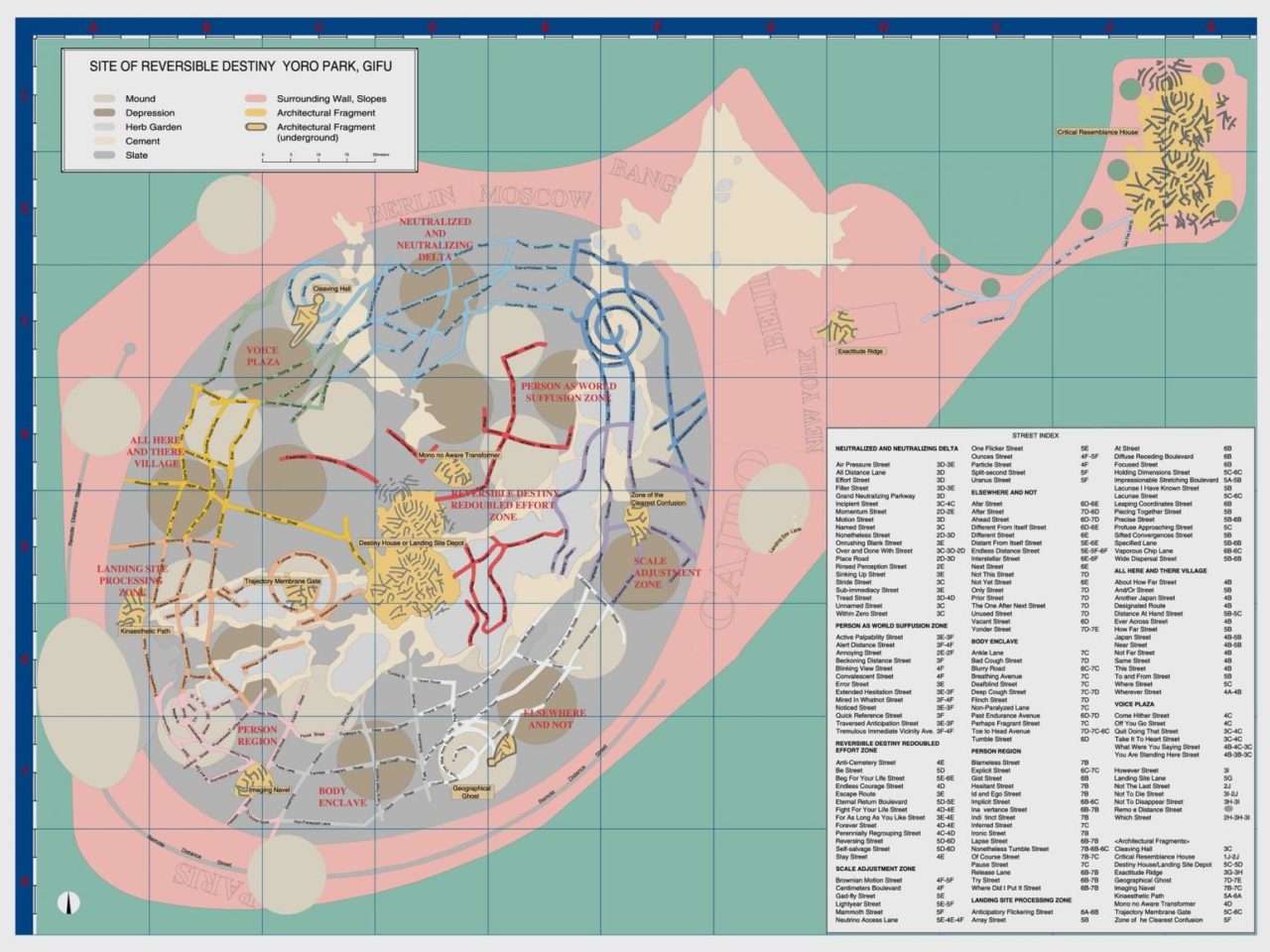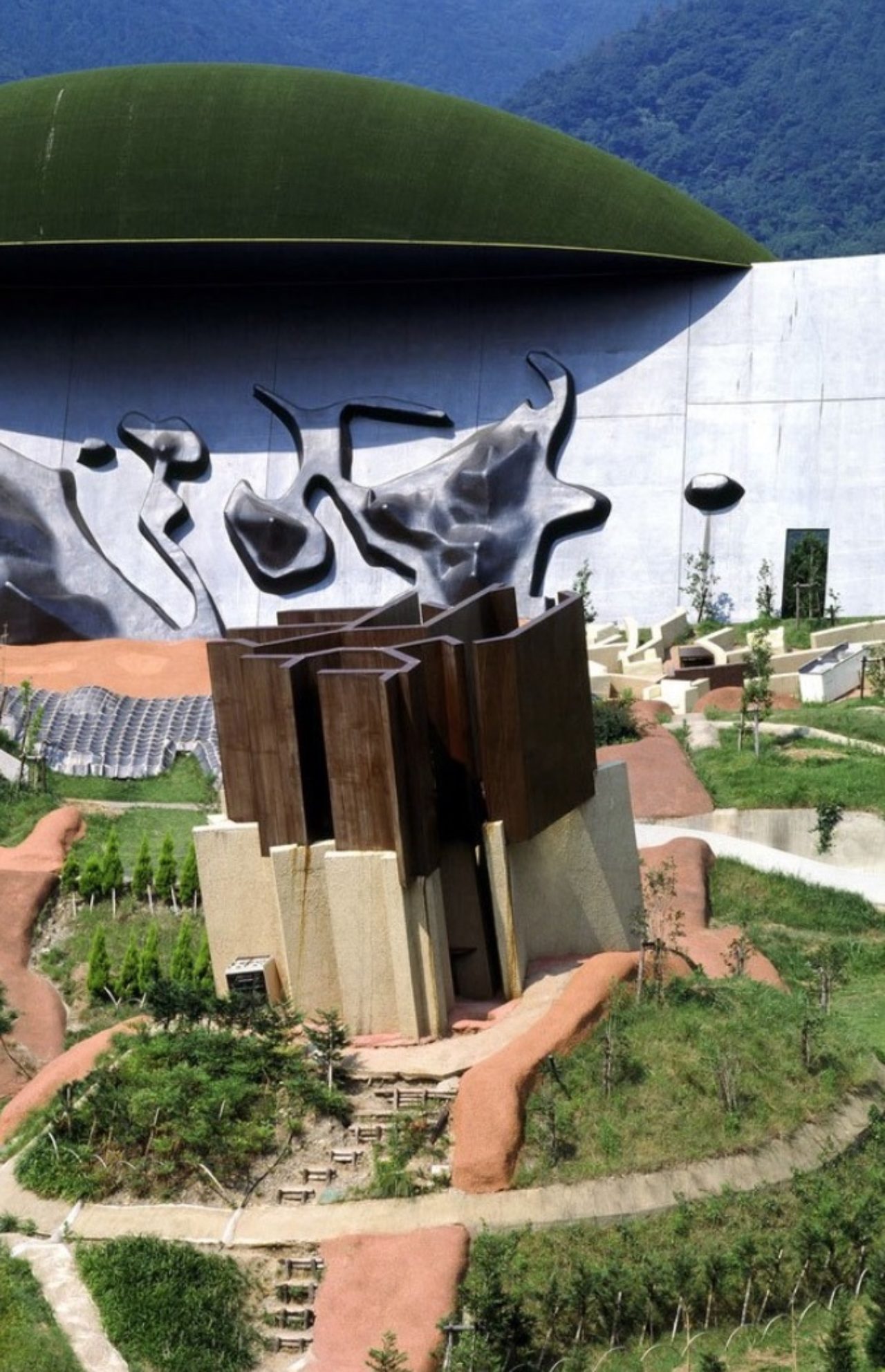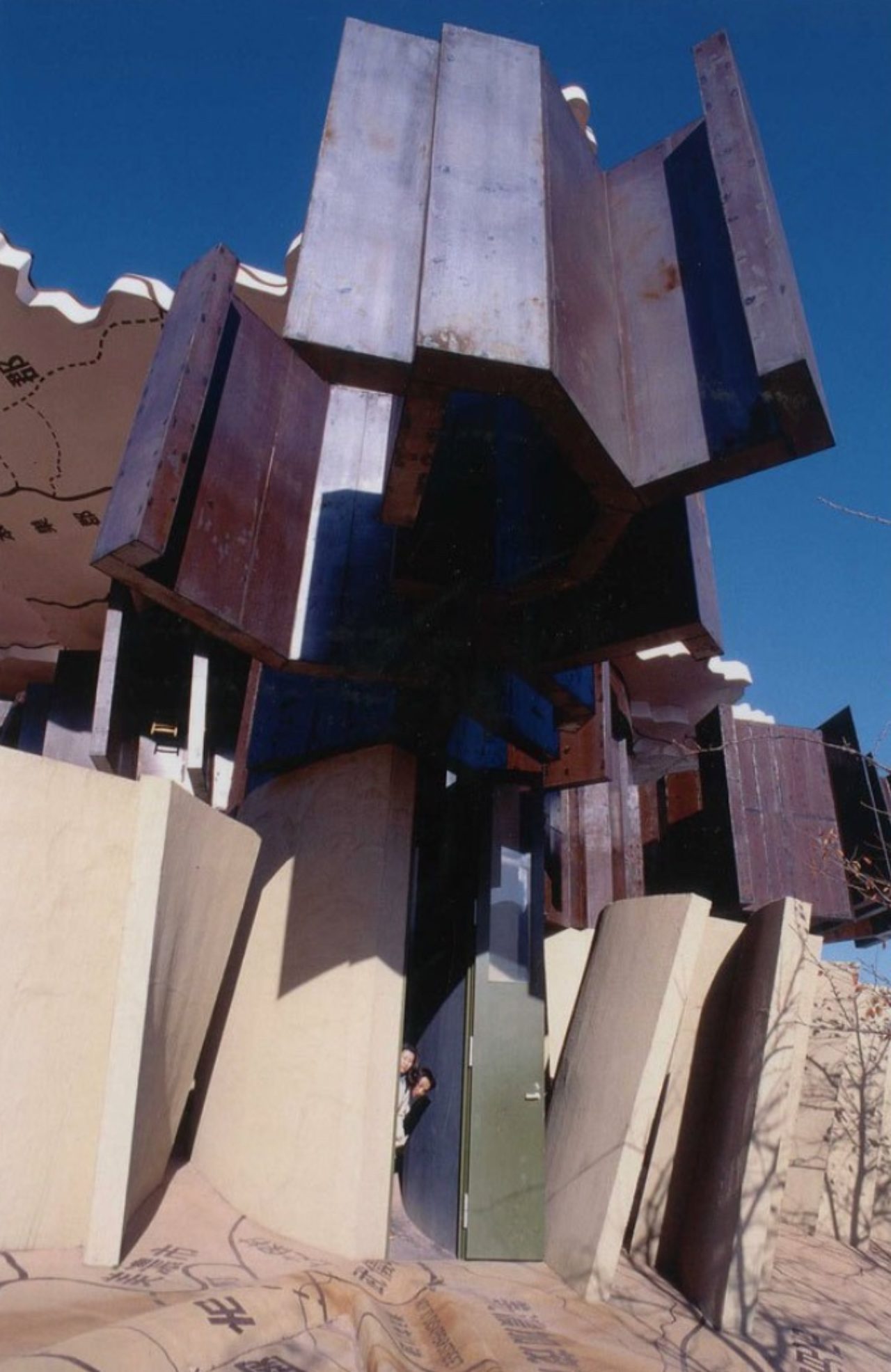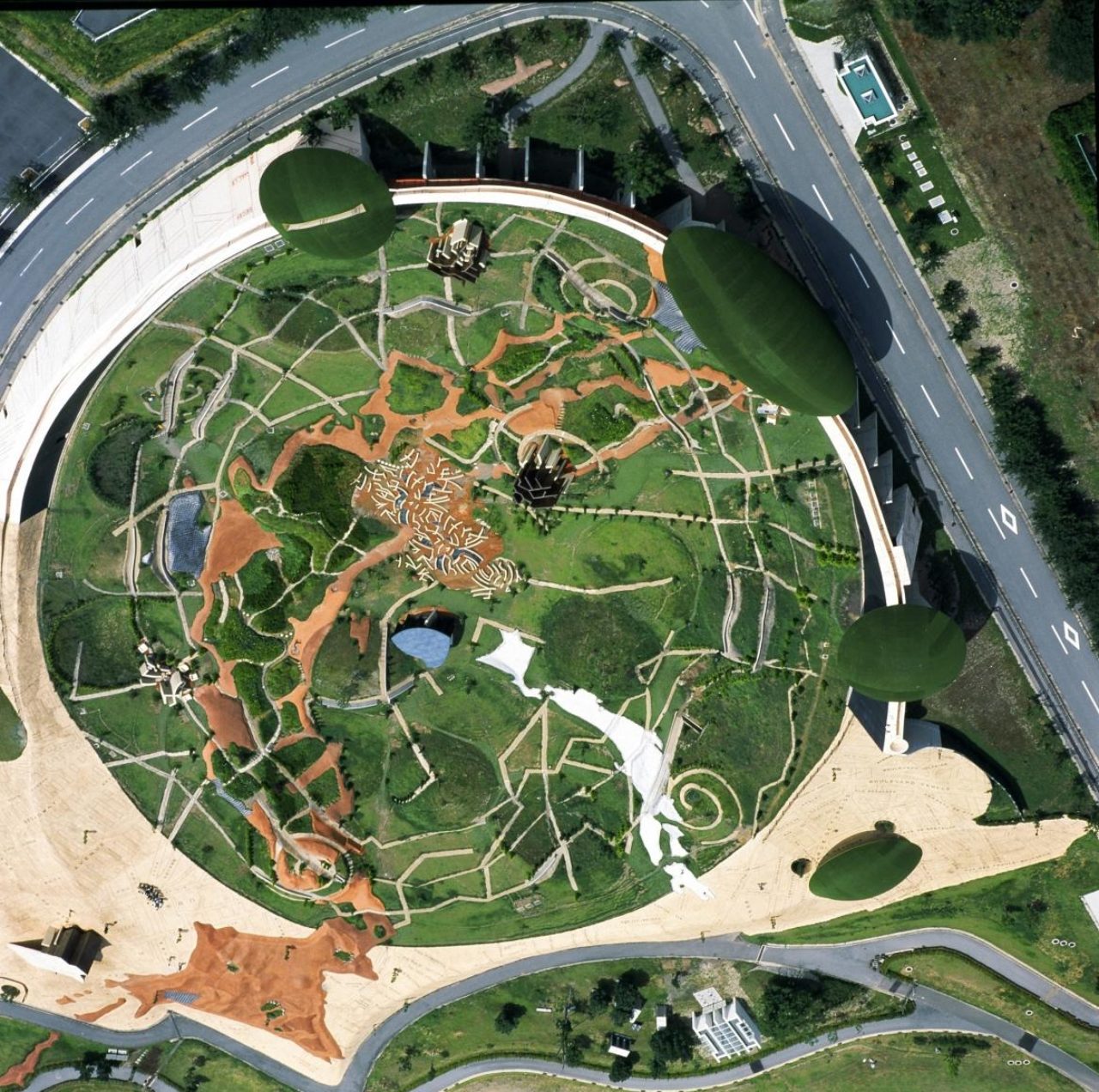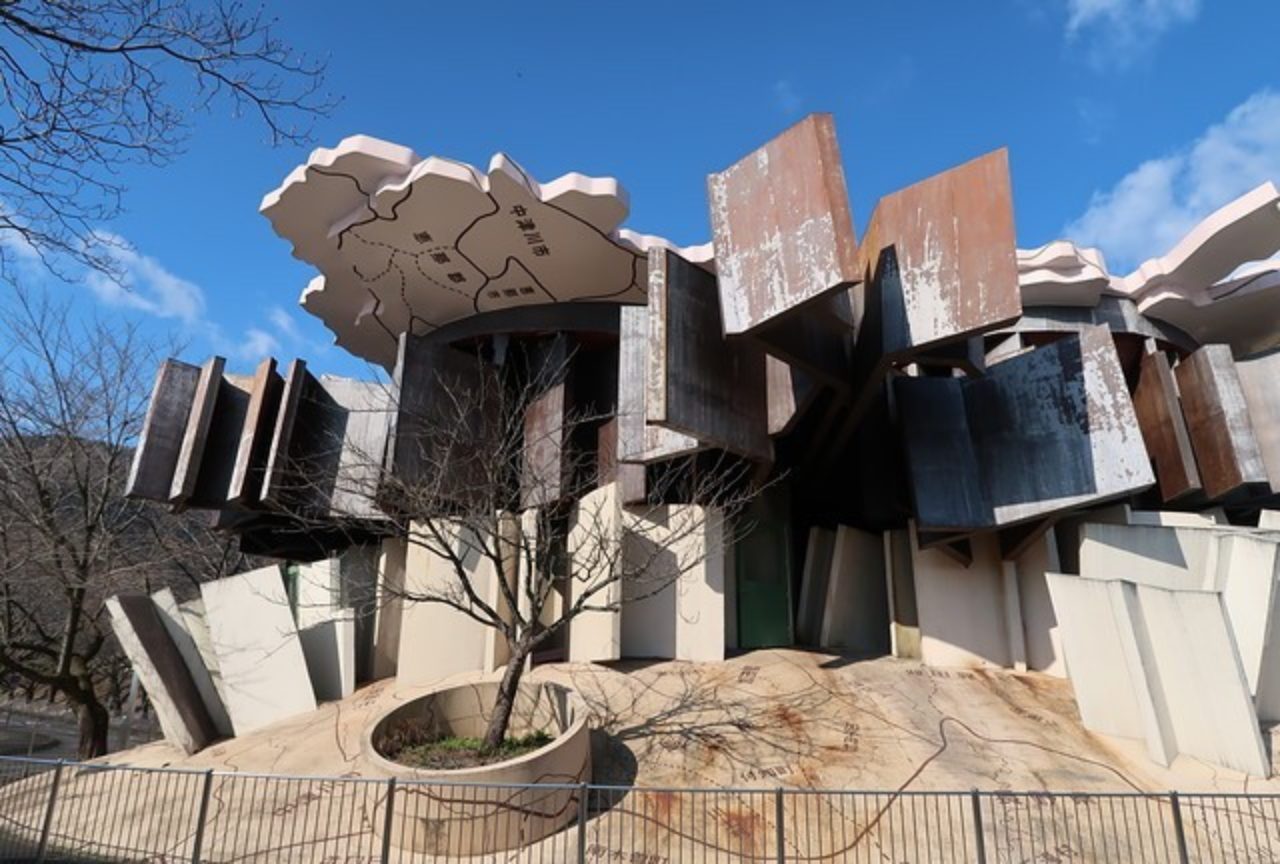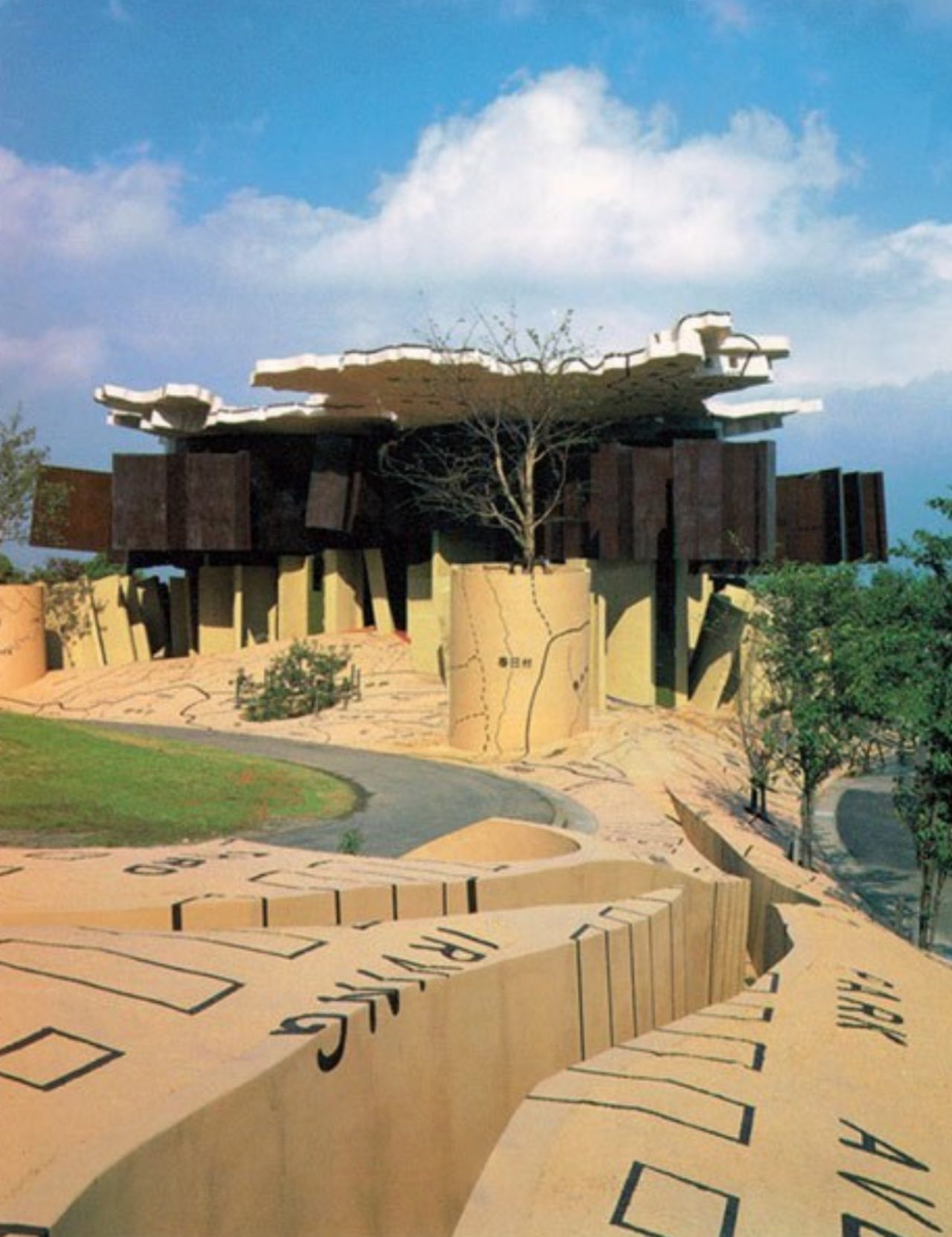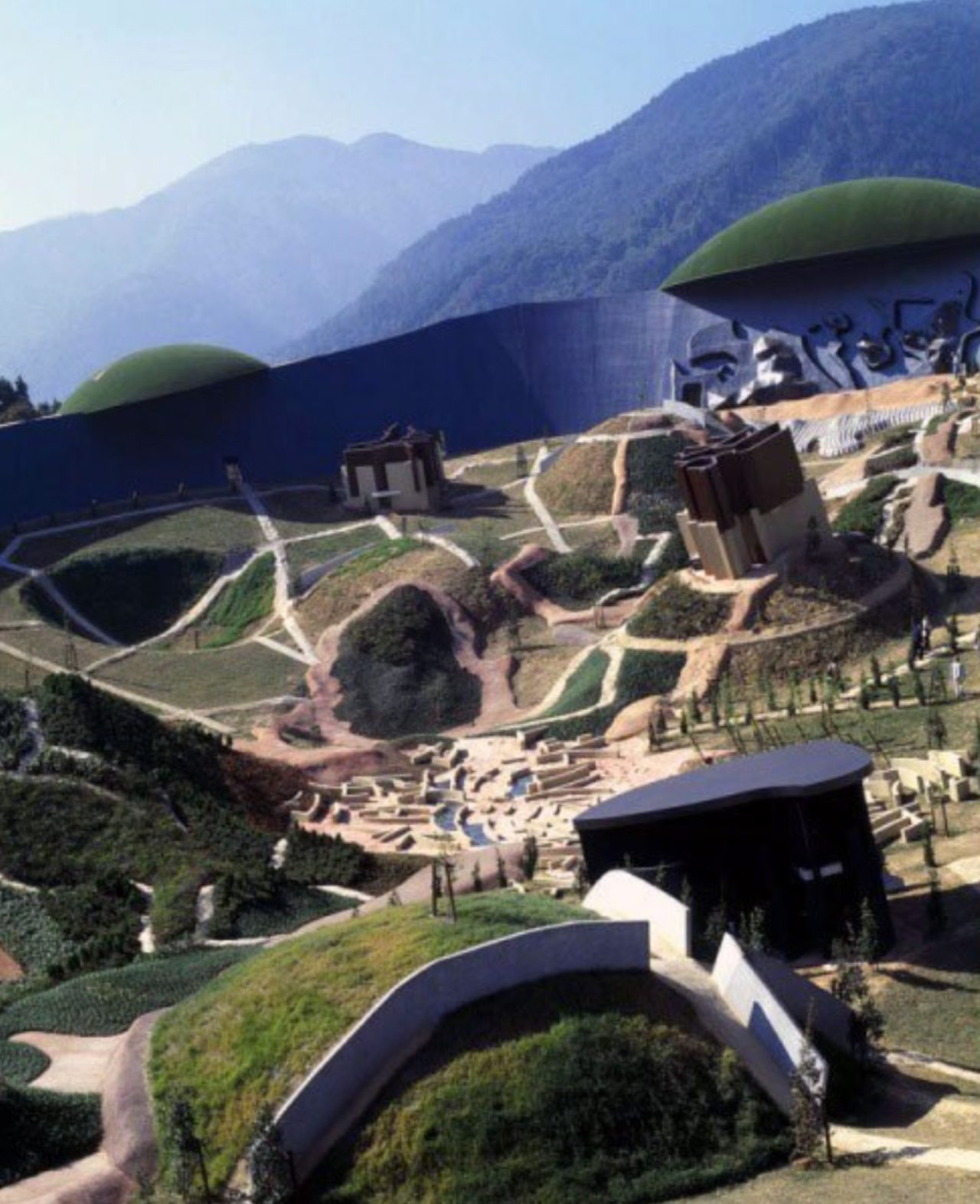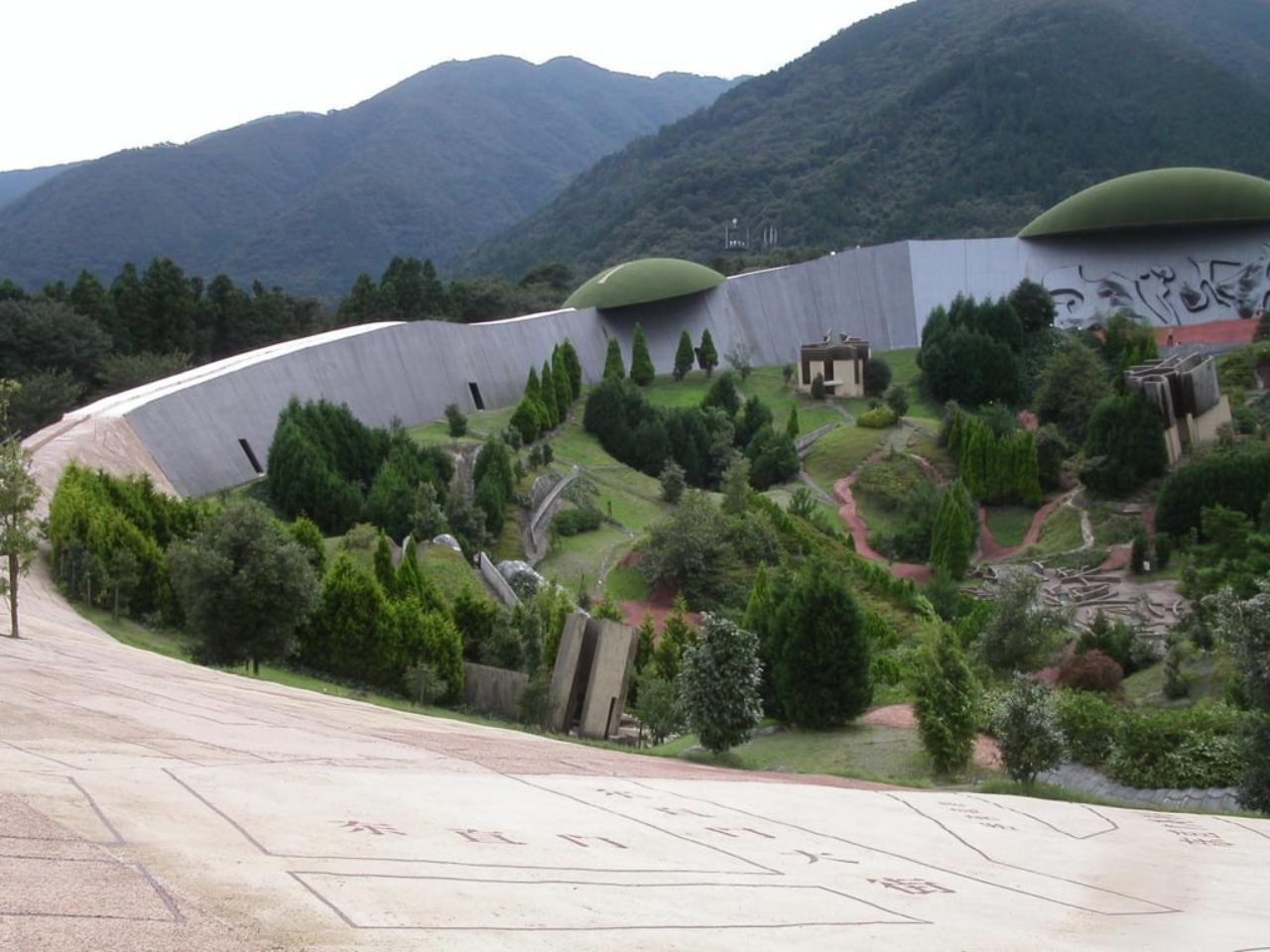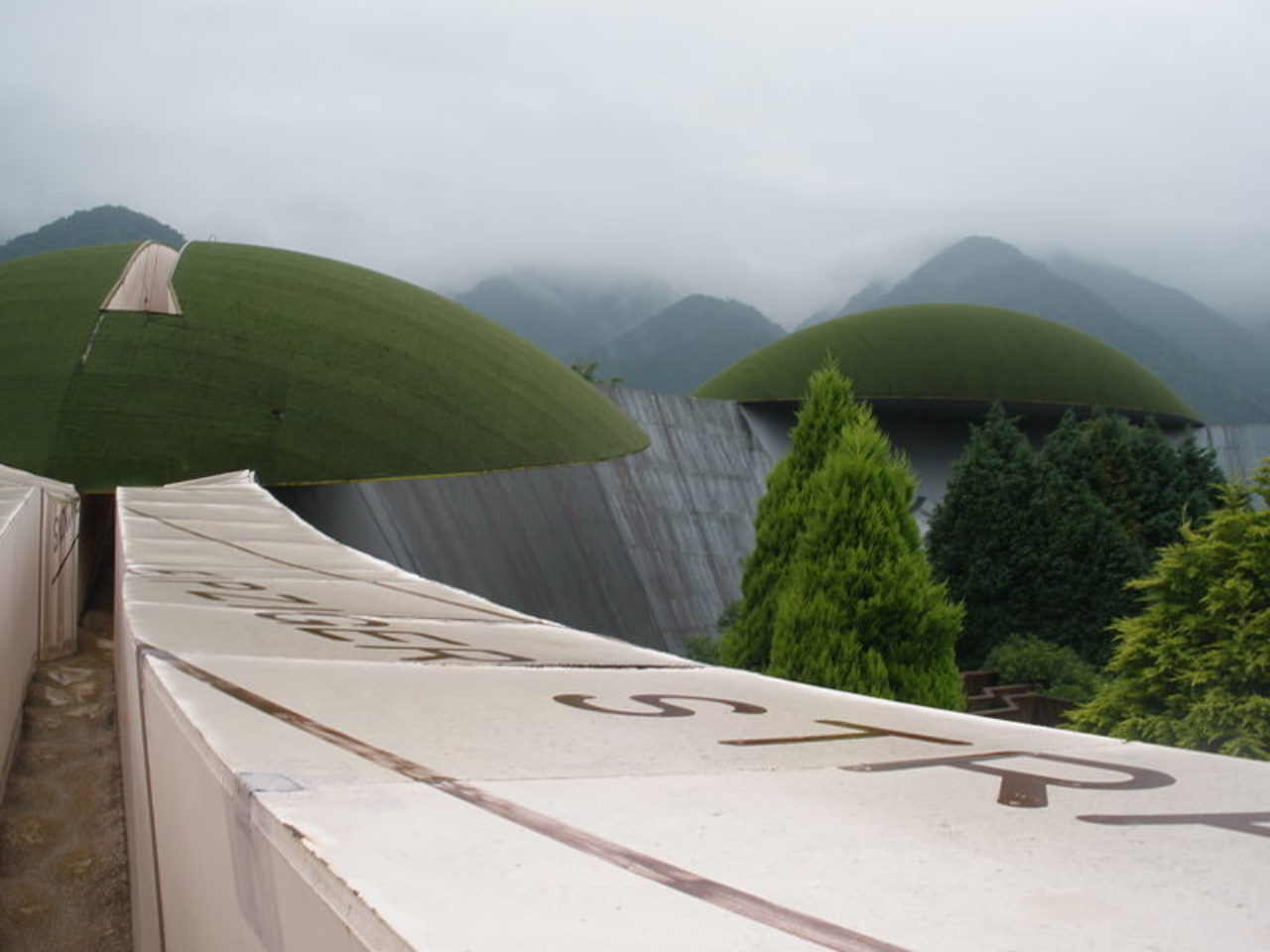Site of Reversible Destiny
Arakawa and Gins Re-build Existing Perceptions to Extend the Human Lifespan
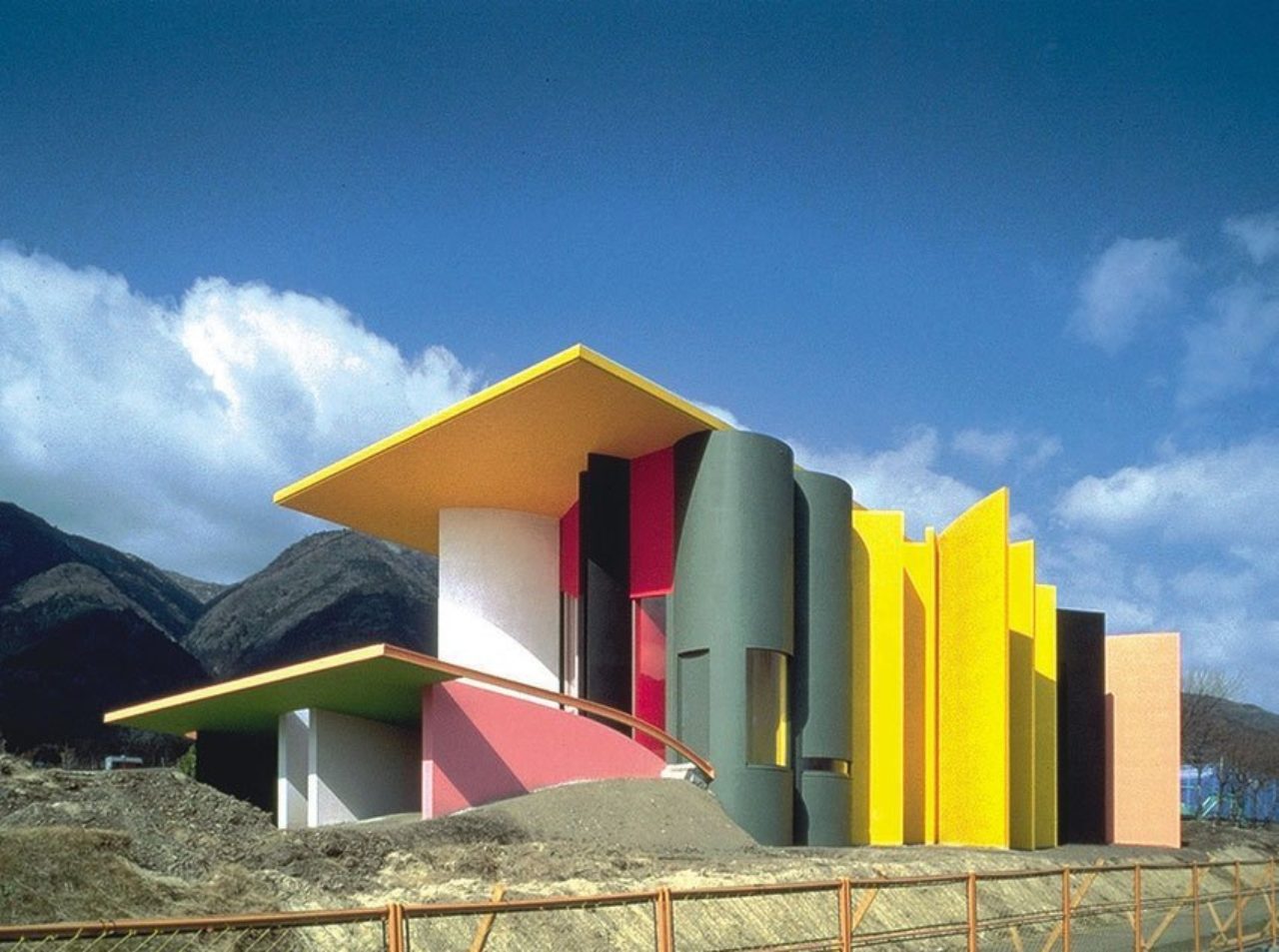
Shusaku Arakawa and his wife and artistic partner Madeline Gins believed that changes in bodily perception would lead to changes in consciousness, developing constructed environments that challenge the body as a way to “reverse our destinies”.
“The best way to get a handle on how a person is situated in the world is actually to construct one, a handle expressly made for the purpose” remarked Arakawa. This is championed best in Arakawa and Gins’ Site of Reversible Destiny in Yoro Park.
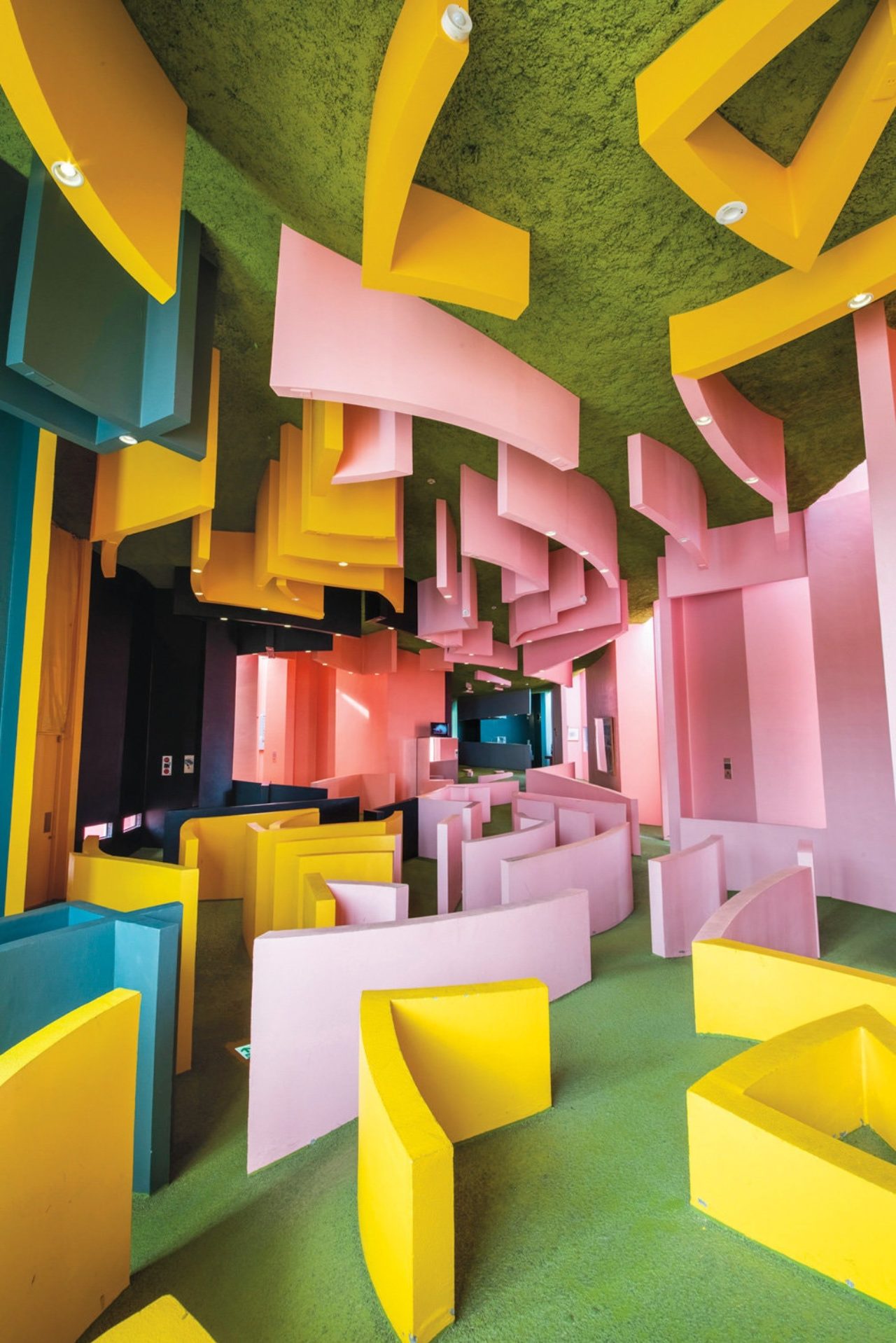
An experience-park opened in 1995 in Gifu prefecture, Japan, it is spread across a site 18,000 square metres big. Arakawa and Gins’ aim was for visitors to encounter the unexpected, changing one’s perspective of how they live daily and “to rethink their physical and spiritual orientation to the world”. Upon entry, visitors were previously given sneakers and a helmet, encouraging a full-sensory experience. Now, rubber-heeled shoes are advised to fully interact with the park ‘like toddlers’. Exploring naively to re-build our perceptions as when we first started to know the world.
The landscape contains a series of pavilions set on the Elliptical Field (creatively titled Exactitude Ridge, Trajectory Membrane Gate, Zone of Clearest Confusion, Mono no Aware Transformer and Imaging Navel) which contains 148 paths and 5 maps of Japan placed at different scales with the landscape championing different plants emphasizing the changing of seasons.
“To reverse destiny one must first re-enter destiny, re-positioning oneself within the destiny of being slated to live without ever knowing how and why. The re-entering of destiny must be highly calculated. The world and everything in it will have to be transformed into a site of reversible destiny” state Arakawa and Gins, highlighting their long-term research to challenge the body as a way to overcome death, and to reverse our destinies.
∆
